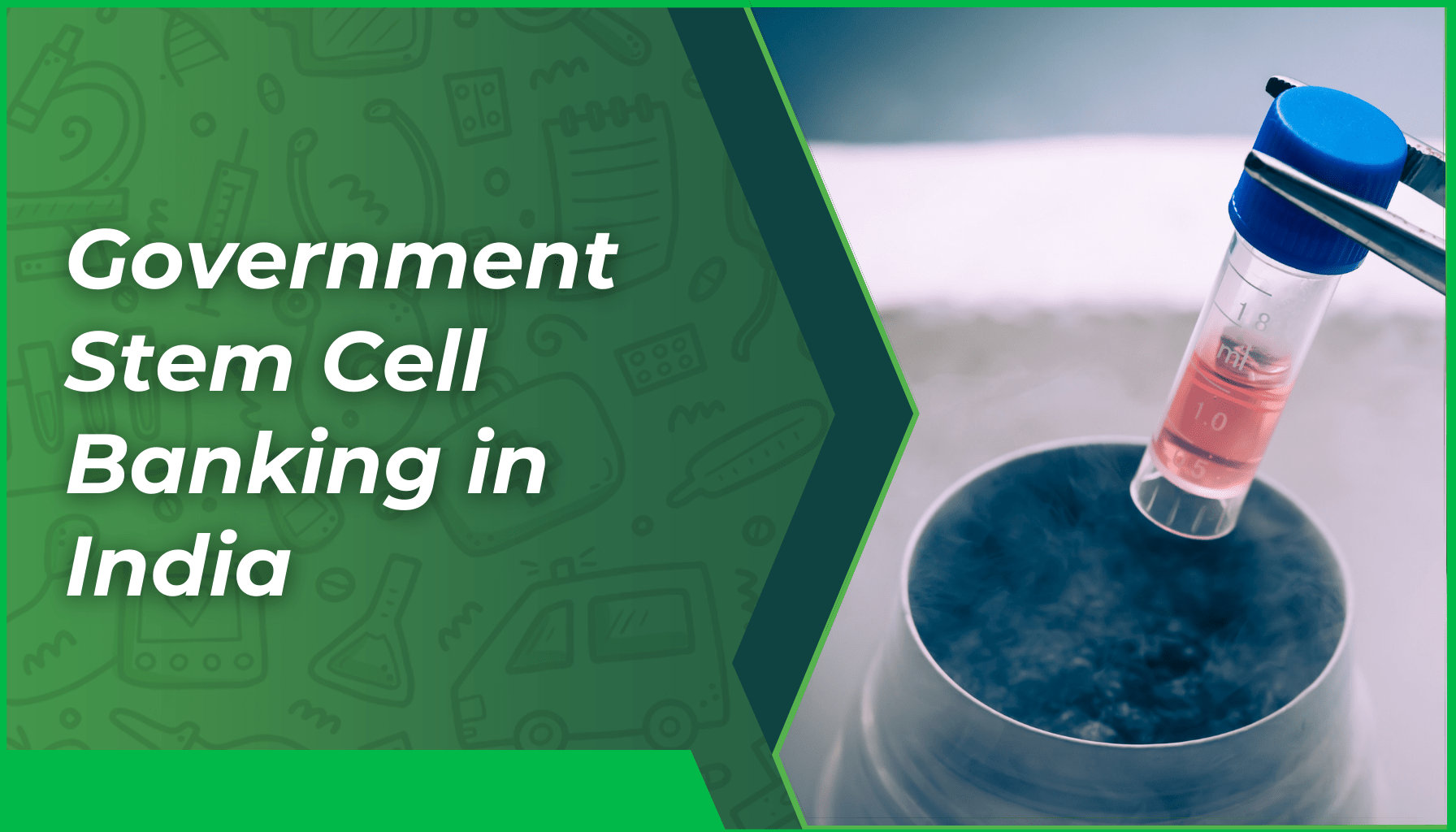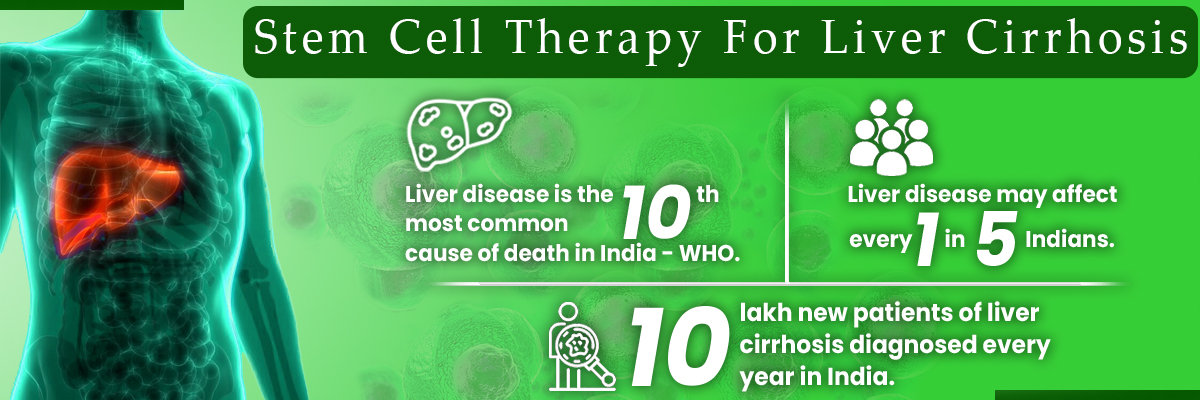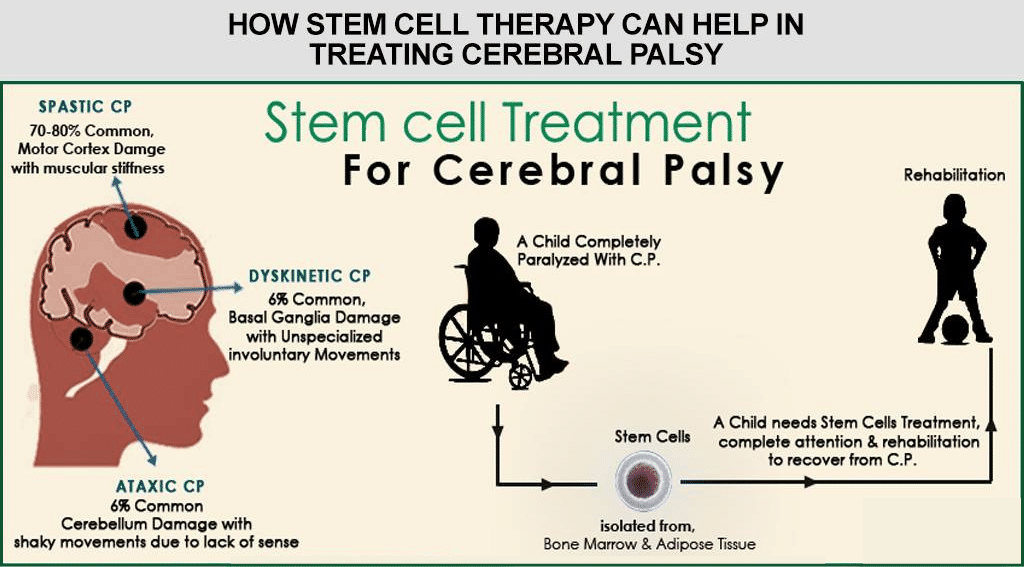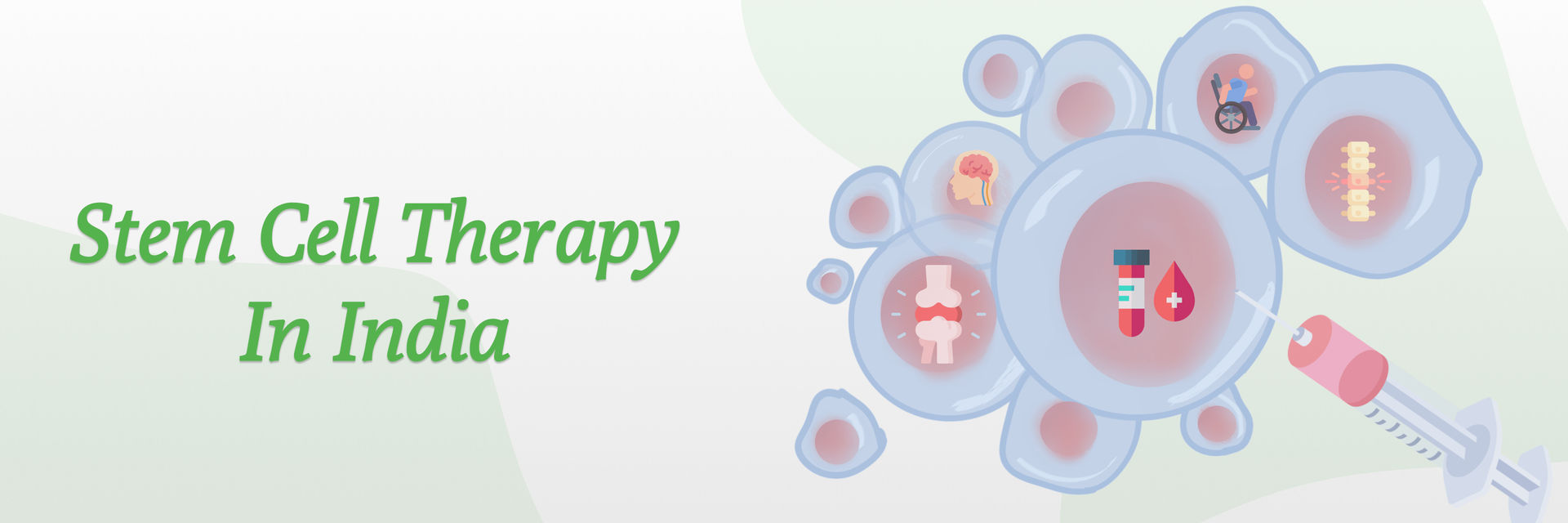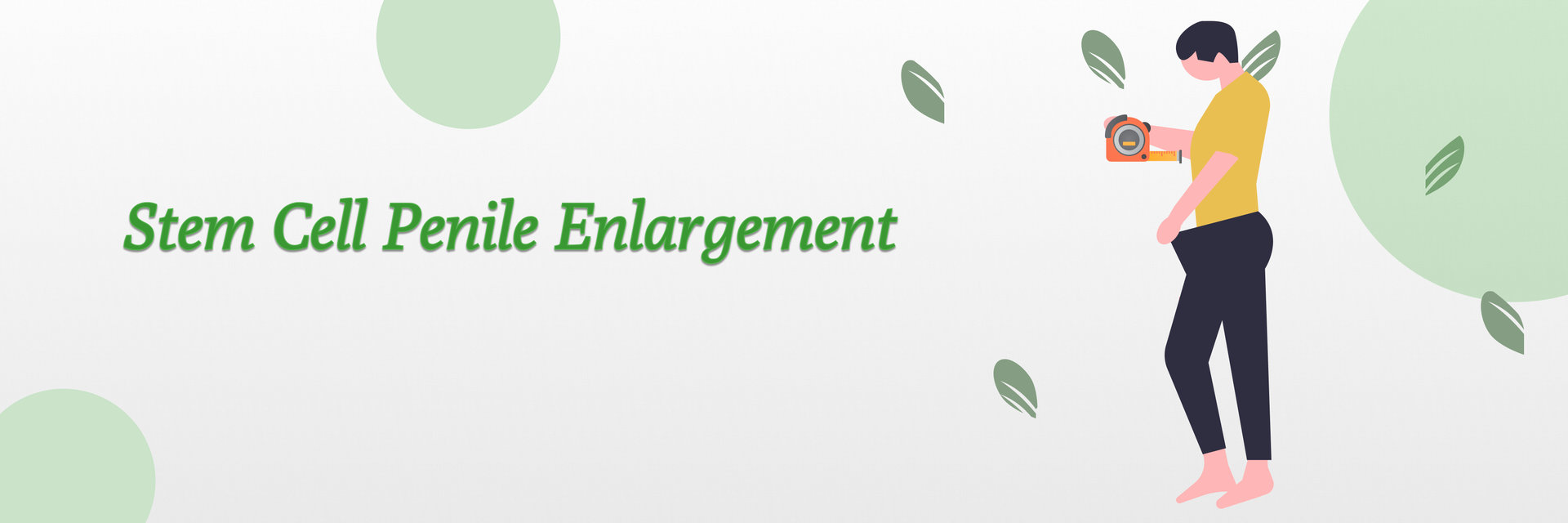Stem cell banking has emerged as a revolutionary medical advancement, offering potential cures and treatments for various diseases. In India, the government has taken significant steps to make stem cell banking accessible to the public, recognizing its importance in healthcare. This blog will explore government stem cell banking in India, including the process, guidelines, costs, and key statistics that underline its growing relevance.
What is Stem Cell Banking?
Stem cell banking involves collecting, processing, and storing stem cells, which can potentially develop into different types of cells in the body. These cells can treat various conditions, such as leukemia, lymphoma, anemia, and certain immune system disorders. The most common sources of stem cells for banking are umbilical cord blood, bone marrow, and peripheral blood.
The Importance of Stem Cell Banking in India
India, with its diverse population and increasing healthcare needs, is witnessing a growing demand for stem cell therapies. According to recent data, the stem cell market in India is projected to grow at a compound annual growth rate (CAGR) of over 13% from 2021 to 2026. This growth is driven by increased awareness, advancements in medical technology, and government initiatives to make stem cell banking more accessible.
Government Stem Cell Banking in India
The Indian government has recognized the importance of stem cell banking and has initiated several programs to promote it. Government stem cell banks provide an affordable alternative to private banking, ensuring that families from various socioeconomic backgrounds can access this life-saving technology.
Key Government Initiatives
How Does Government Stem Cell Banking Work?
The process of stem cell banking in government facilities is streamlined to ensure that it is both efficient and accessible. Here's a step-by-step guide to how it works:
- Registration: Families interested in banking stem cells must register with a government-approved stem cell bank. This can be done online or by visiting the bank in person.
- Collection: Stem cell collection is typically done during childbirth. Umbilical cord blood, rich in stem cells, is collected immediately after the baby's birth. This process is safe and painless for both the mother and the baby.
- Processing: Once collected, the stem cells are transported to a government-approved laboratory for processing. The stem cells are separated from the blood in the lab, tested for viability, and prepared for storage.
- Storage: The stem cells are stored in cryogenic tanks at ultra-low temperatures after processing. This ensures that the cells remain viable for decades and can be used whenever needed.
- Accessing Stored Stem Cells: If a family needs to use stored stem cells for treatment, they can request that the cells be released from the bank. The bank will then transport the cells to the hospital for treatment.
Guidelines for Government Stem Cell Banking in India
The government has established strict guidelines to ensure the ethical and safe use of stem cells. These guidelines are designed to protect donors and recipients and ensure the quality of the stored cells.
- Ethical Considerations: The collection and use of stem cells must adhere to ethical standards set by the Indian Council of Medical Research (ICMR). This includes obtaining informed consent from the donor or their legal guardian.
- Quality Control: Government stem cell banks must adhere to strict quality control measures. This includes regular testing of stored cells for viability and ensuring that the storage conditions meet international standards.
- Data Security: The privacy of donors is of the utmost importance. Government stem cell banks must implement robust data security measures to protect their personal information.
- Regulatory Compliance: All government stem cell banks must comply with the Central Drugs Standard Control Organization (CDSCO) regulations. This includes obtaining the necessary licenses and undergoing regular inspections.
Cost of Government Stem Cell Banking in India
One of the key advantages of government stem cell banking is its affordability. While private stem cell banks can charge upwards of INR 50,000 to INR 1,00,000 for collecting, processing, and storing stem cells, government banks offer these services at a fraction of the cost.
Typical Costs Involved:
- Registration Fee: INR 5,000 to INR 10,000
- Collection and Processing: INR 10,000 to INR 20,000
- Annual Storage Fee: INR 1,000 to INR 2,000
These costs are significantly lower than those charged by private banks, making stem cell banking accessible to a wider population.
Top Government Stem Cell Banks in India
India is home to several government-approved stem cell banks that offer high-quality services at affordable rates. Here are some of the top government stem cell banks in the country:
All India Institute of Medical Sciences (AIIMS), New Delhi
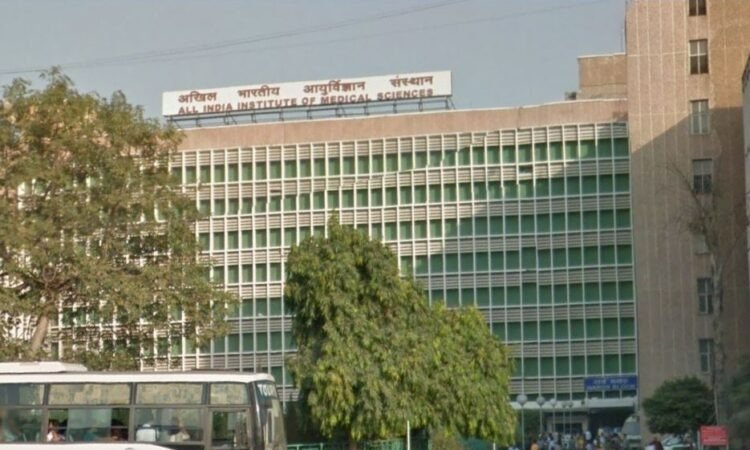
- Address: Ansari Nagar, New Delhi, Delhi 110029
- Services: AIIMS is one of the leading government hospitals in India offering stem cell banking services. The facility is equipped with state-of-the-art technology for collecting, processing, and storing stem cells.
Tata Memorial Hospital, Mumbai
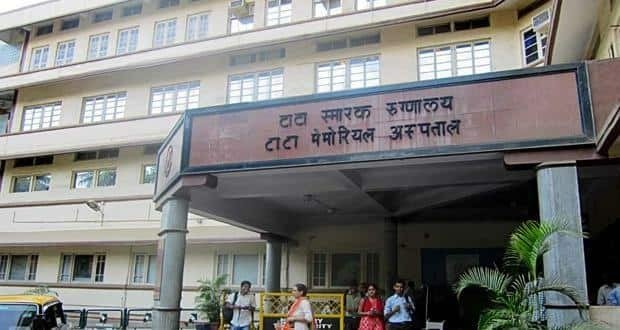
- Address: Dr. E Borges Road, Parel, Mumbai, Maharashtra 400012
- Services: Tata Memorial Hospital is renowned for its cancer treatment services and offers government-supported stem cell banking. The hospital has a dedicated stem cell unit that adheres to the highest standards of care.
PGIMER, Chandigarh
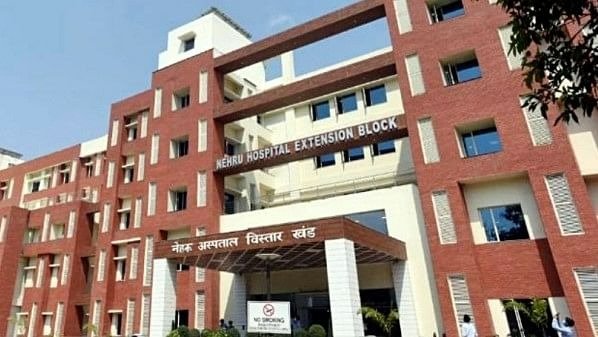
- Address: Sector 12, Chandigarh, 160012
- Services: The Postgraduate Institute of Medical Education and Research (PGIMER) offers government-supported stem cell banking services. The facility is known for its cutting-edge research and treatment options.
NIMHANS, Bengaluru
- Address: Hosur Road, Lakkasandra, Bengaluru, Karnataka 560029
- Services: The National Institute of Mental Health and Neurosciences (NIMHANS) provides stem cell banking services as part of its focus on neurological disorders. The institute is a leader in stem cell research in India.
Government stem cell banking in India is crucial to making advanced medical treatments accessible to all. With the government's support, families across the country can now secure their future health at an affordable cost. By adhering to stringent guidelines and offering subsidized rates, the government ensures that stem cell banking is not just a service for the privileged few but a life-saving option for everyone.
As the field of stem cell research continues to evolve, the importance of a robust stem cell banking system cannot be overstated. Whether you are expecting a child or are simply interested in the potential of stem cells, government stem cell banking offers a reliable and cost-effective solution.
By choosing government stem cell banking, you are investing in the future of your family's health and well-being. With the support of government initiatives, stem cell banking is now within reach for millions of Indians, promising a healthier tomorrow.
